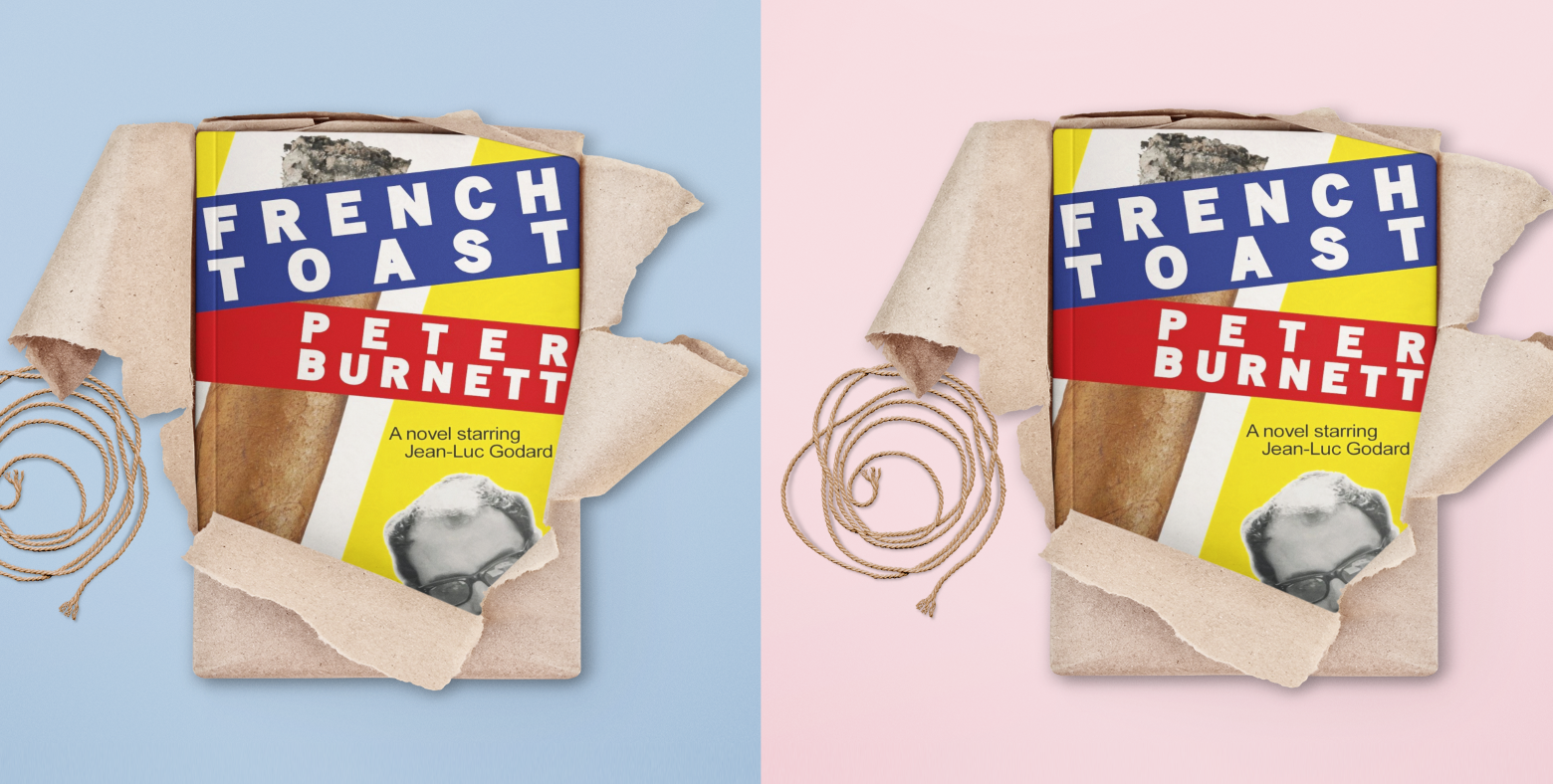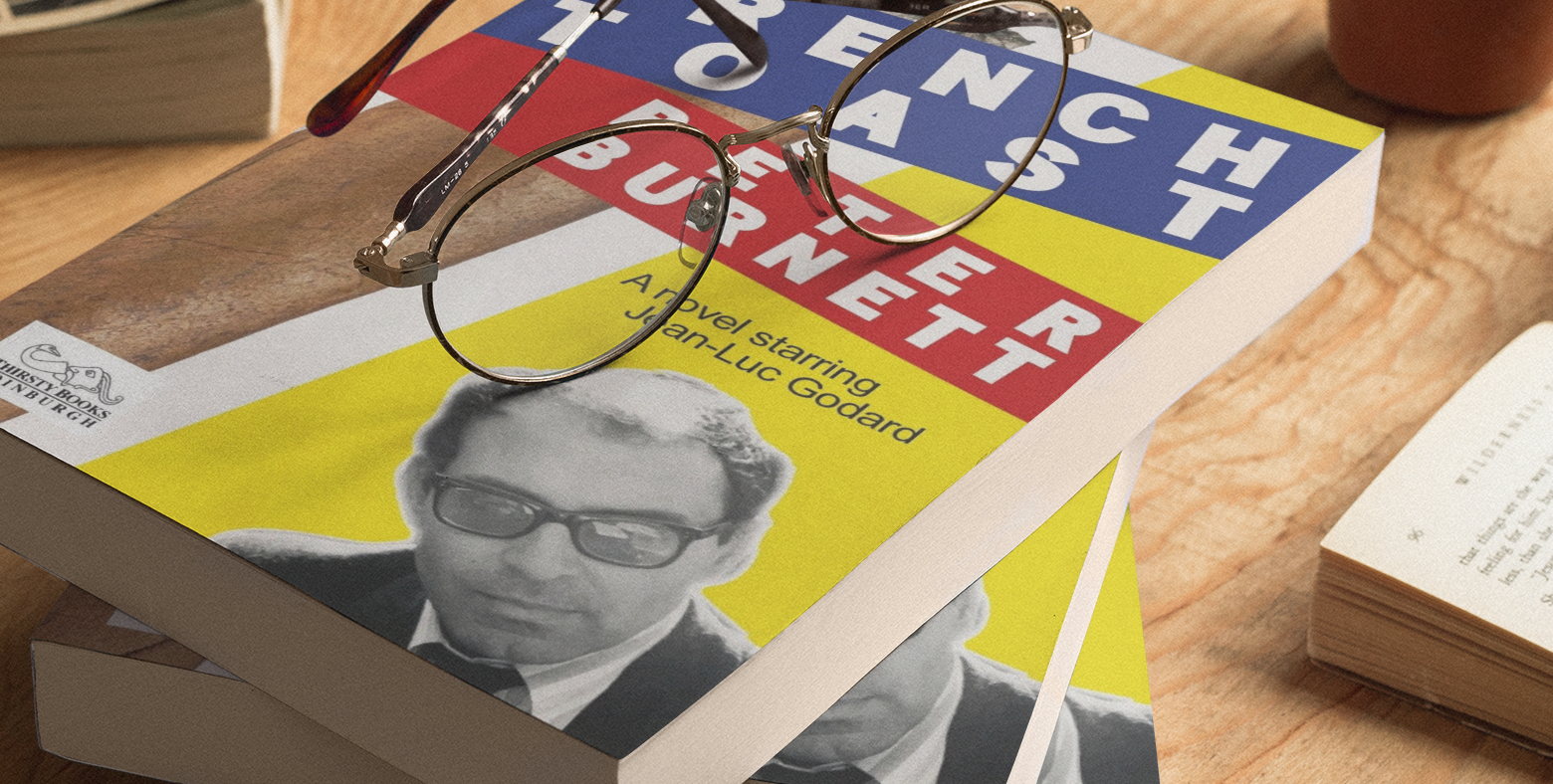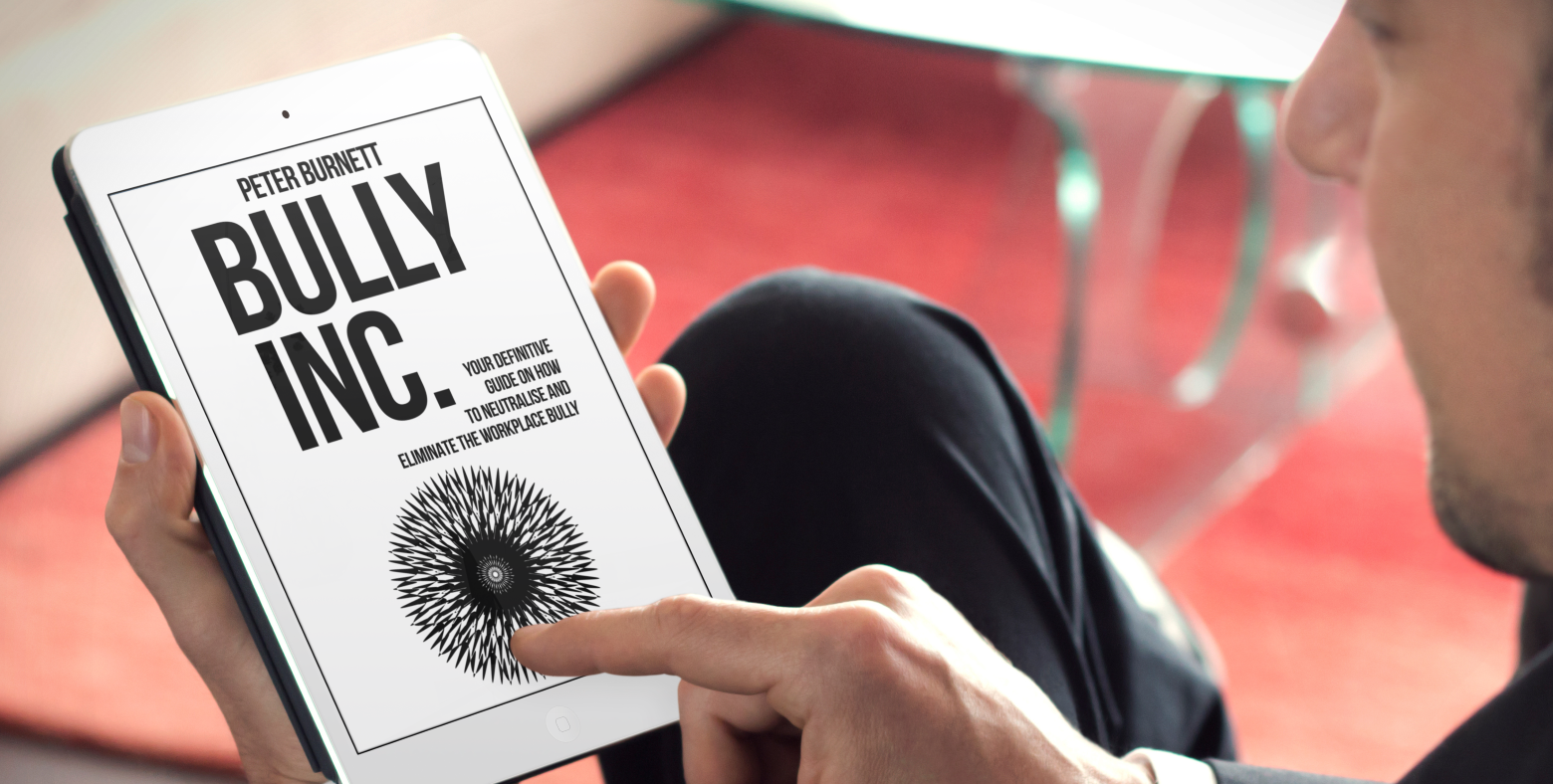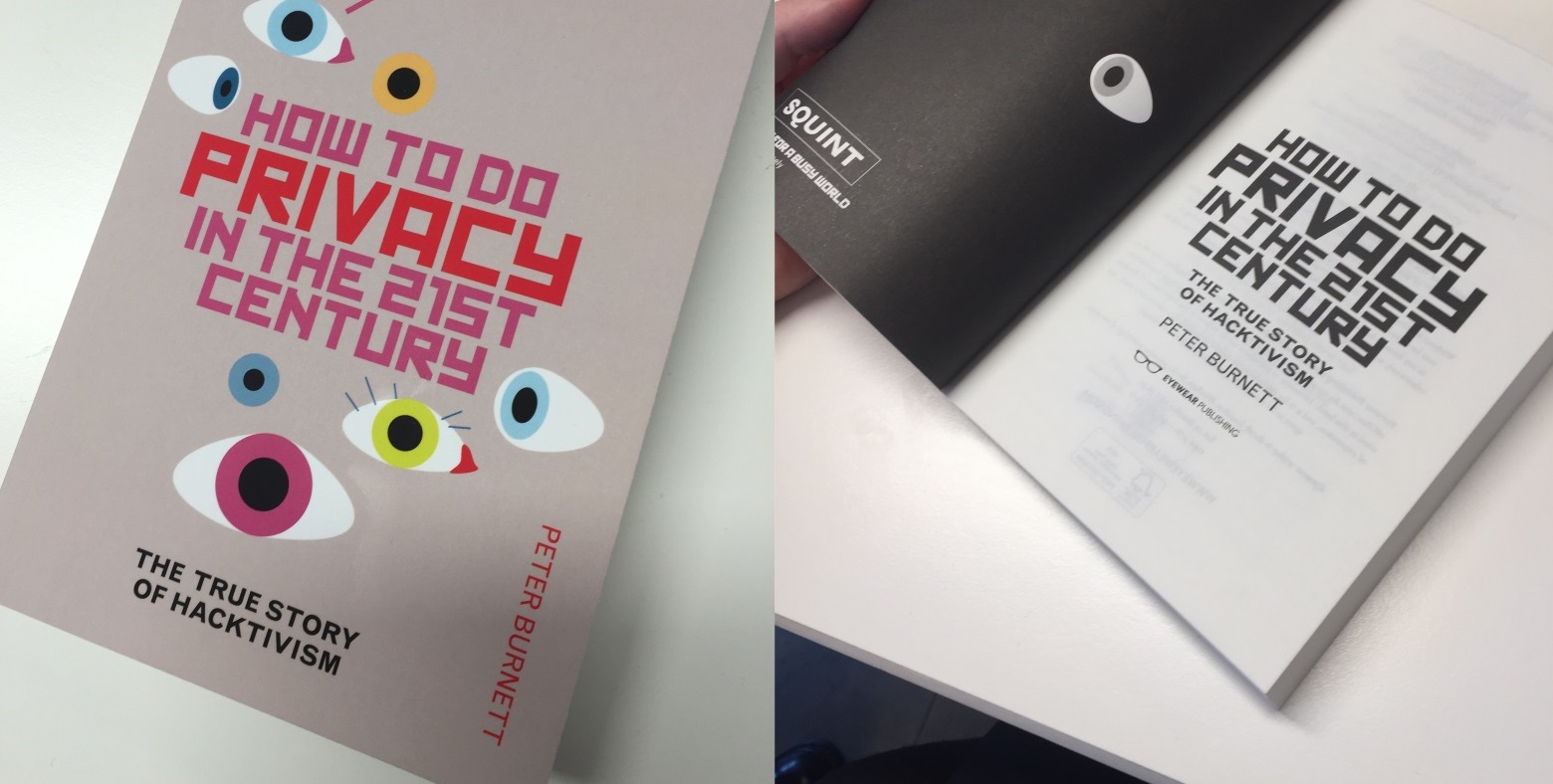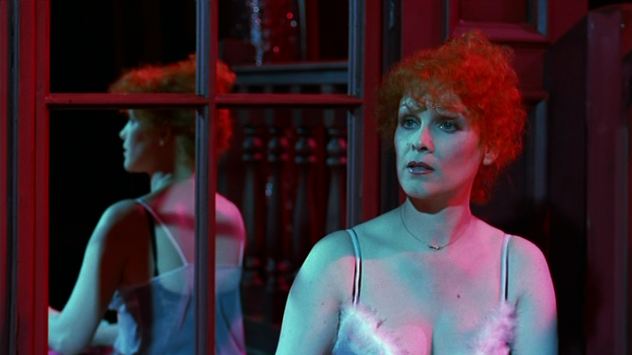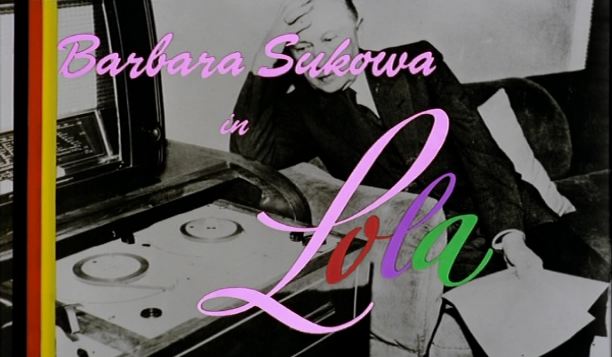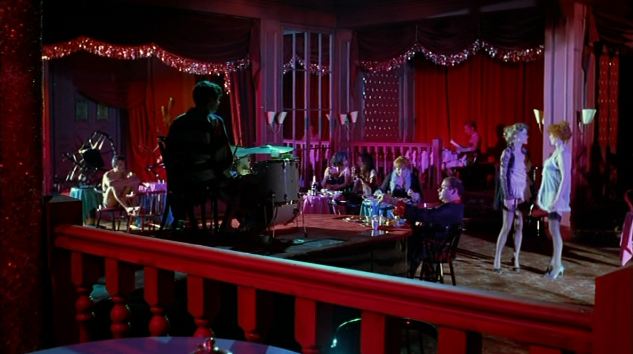The credit sequence of Lola is fairly dramatic for a Fassbinder opening – in fact all we are treated to is a photographic still from the 50s era, in which a late middle aged man sits in his home examining what we can guess are the trappings of the Wirtschaftswunder – the German economic miracle. It’s hard to tell of the man is interested in or despairing of his new home media equipment. Down the side is an interesting take on the German flag (East and West, it was the same, aside from the hammer and sickle on the Eastern version) and the colourful letters, which are a taste of ther many colours to come in the production.
The West German Wirtschaftswunder was partly due to the economic aid provided by the United States and the Marshall Plan, but largely the sucessful result of the currency reform of 1948 which replaced the Reichsmark with the Deutsche Mark, halting rampant inflation. This act to strengthen the German economy had been explicitly forbidden during the two years that the post-war occupation was in effect as part of its direct instruction was to "…take no steps looking toward the economic rehabilitation of Germany".
The Allied dismantling of the West German coal and steel industries decided at the Potsdam conference was completed by 1950. Although the industrially important Saarland with its rich coal fields was returned to West Germany in 1957, it remained economically integratedwith France until 1959 and France extracted coal from the area until 1981. How this affected the average person in the street isn’t explicit in the film, but what is, is the fact that people were forward looking in one sense – desperate to forget, but unable to, in another, and discovered anew their fondness for forgetting it all through drink, dance and sex.
It must have been a time for women, and this is a woman’s film, in which the women are the interesting characters – and it’s often said how unfair it is that during the war, the women had run the country in effect, in terms of communities, factories and families – and that they lost their utility and place in society as it reverted to its pre-war male dominated norm, the moment the war was over.
Usually when we see Gigi, she is bathed in the colours of the bordello, which features in many ways, and not just in the spotlights, but in things like the huge array of multi-coloured straws in the bar – but you can never help but wonder what is under that, as she really appears to be quite old and unattractive. But she holds the key to Lola’s future happiness, and when Lola hears that the business may be for sale, it is in arresting moment. She stops; she stares; the light is white for a change and at the half way mark in the film, we realise that these are women of ambition.

